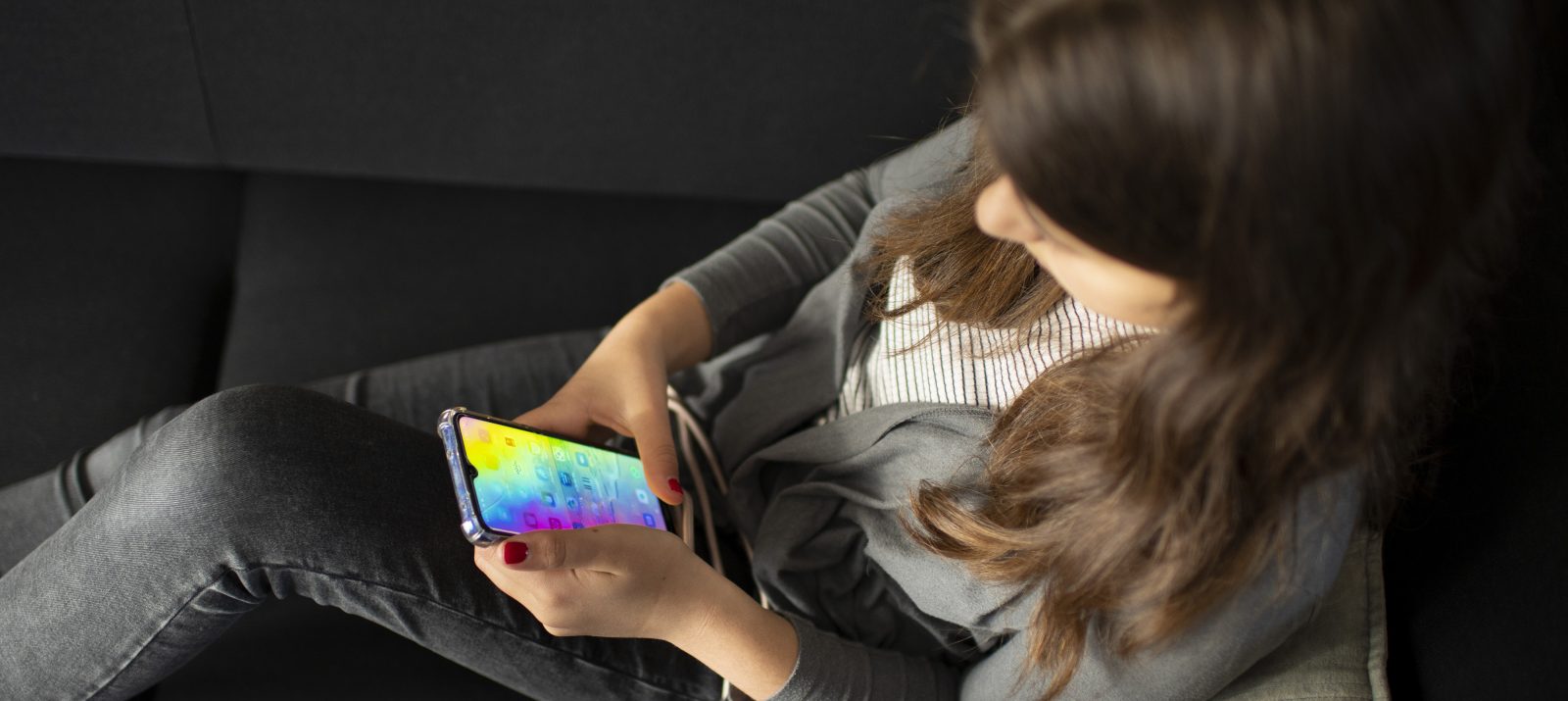
The social media platform TikTok is best known for its funny music and dance videos. The smartphone clips usually last no longer than a minute and disappear after scrolling once. Among the content from friends, influencers and musicians, there is also content that TikTok automatically generates for its own feed. Like, for example, videos of the war in Ukraine. TikTok‘s special algorithm means that clips from the war, as well as propaganda and fake videos, are flushed unfiltered onto the smartphones of children and young people.
Brutal images, tank videos, burning houses or escape stories – scroll once and children and young people see videos on TikTok that have been posted without context and clearly have something to do with war. The people in the videos are often just as old as the users themselves: Young people who tell stories from the first-person perspective of bunkers, bombing raids and escape. But what is real and what is fake? Disinformation, fake live streams and war propaganda are shared via TikTok . Staged videos that are only posted for likes, clicks, or with a request for donations make their rounds. Bots are used to comment on posts and heat up the mood.
TikTok serves as a source of information for children and young people, and hashtags make it easy to search for other videos on the topic. Since the actual sources are usually not displayed, it is challenging for children and young people to properly assess the flood of unverified content. There is also the risk of doomscrolling, i.e. getting caught in a spiral of bad news.
Through the algorithm, children and young people are confronted without being asked with “explicit” content that they may not even want to see and that is unsuitable for them. The editing and music of fake videos sometimes stir up strong emotions, and it’s hard to keep your distance.
Russia uses the platform for propaganda purposes, the word “war” is banned in Russian media in connection with the Ukraine war. The Ukrainian president calls on his compatriots to inform about the war through TikTok. So the war is also taking place via TikTok and the platform is perfect for influencing opinion.
TikTok is responding to current developments and implementing measures to protect the community. Currently, more and more content from state-controlled media is being flagged, including from Ukraine, Russia and Belarus. TikTok is also taking stronger action against misinformation. The video platform works with independent fact-checkers who continuously check and flag the accuracy of content, block accounts and delete videos. On its “Discover” page, TikTok provides tips on how users can strengthen their digital skills.
The transition from banal entertainment to the horror of war happens rapidly on TikTok. Funny dance videos are followed by tank pictures. This can overwhelm your child. Preventing your child from receiving such videos is not possible.
The war in Ukraine and the portrayal of it in the media can be overwhelming not only for children and young people, but also for adults. Remain yourself and talk about your feelings in connection with the Ukraine war. For more on this topic, see the article Children and News of the War.